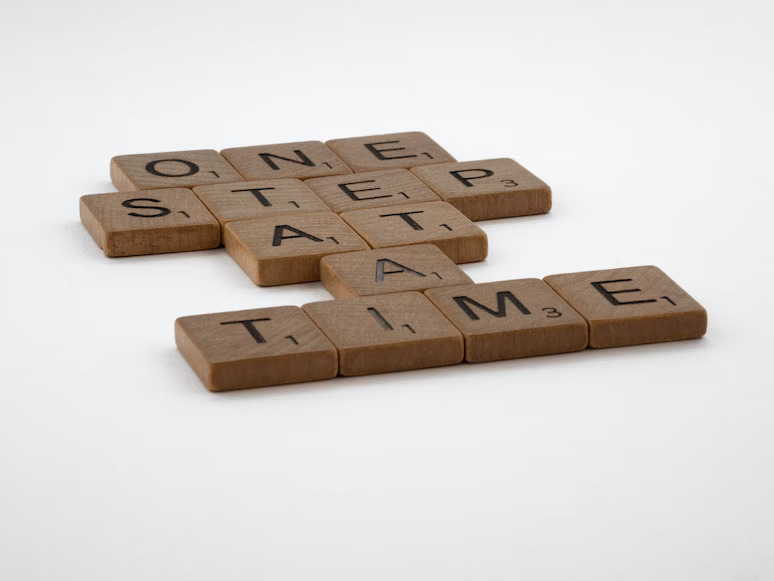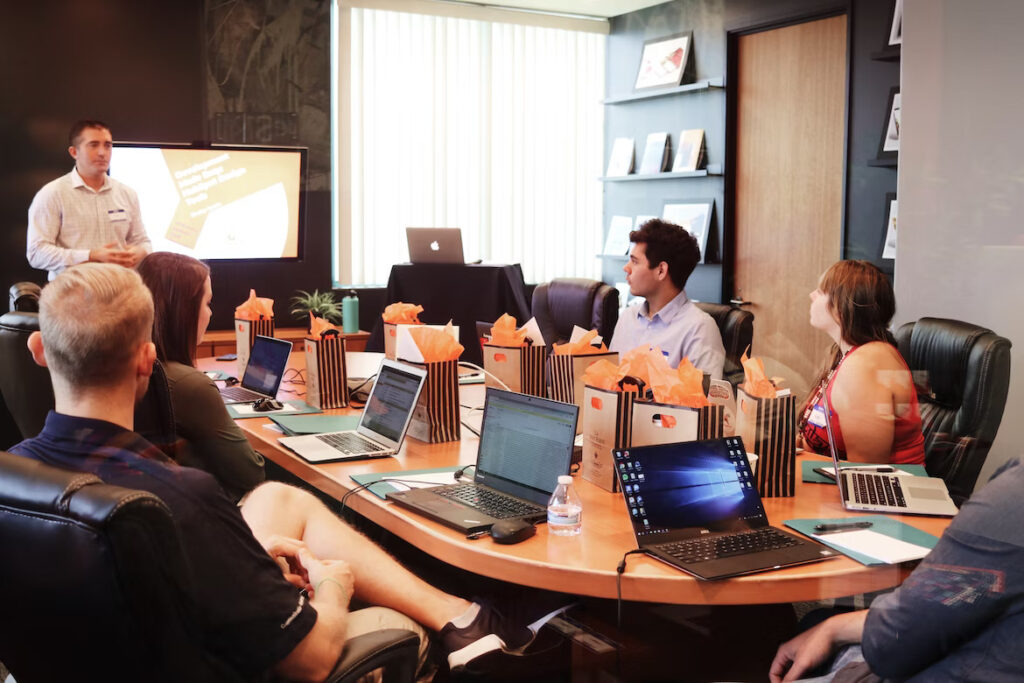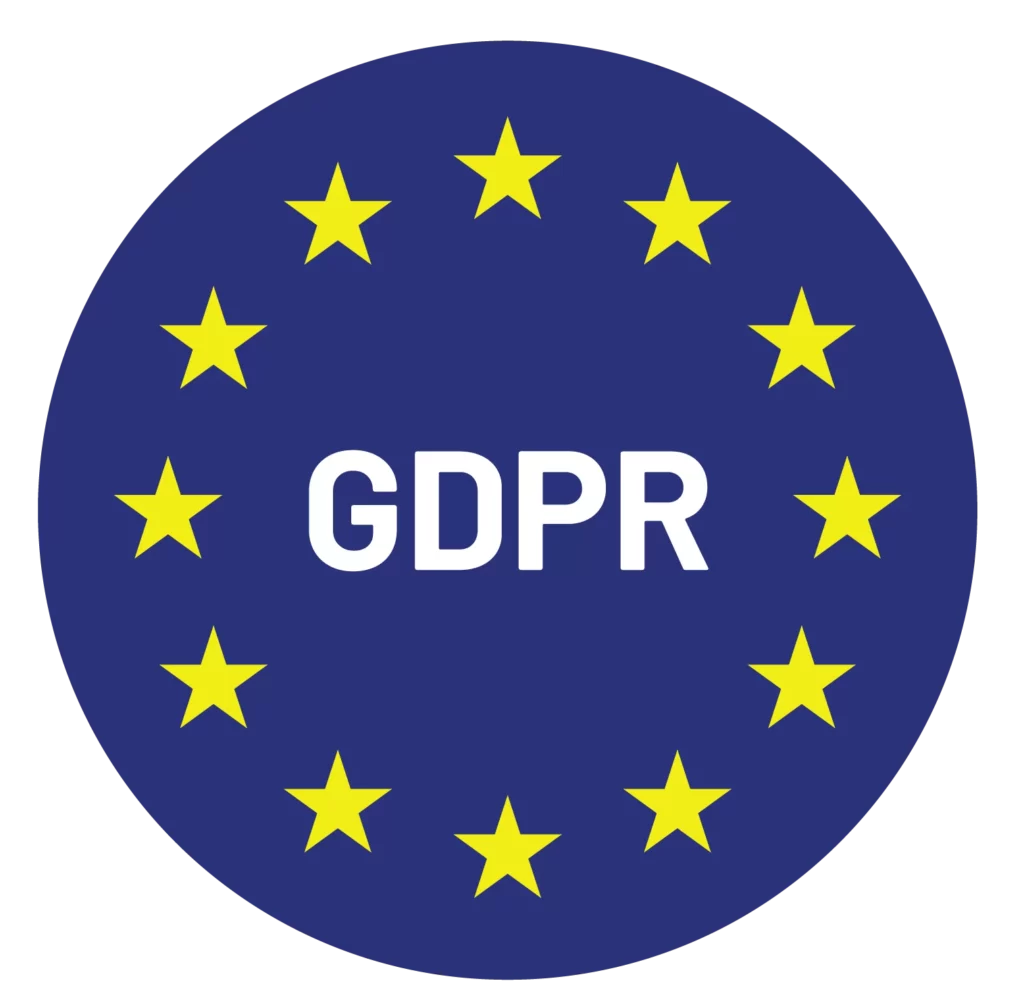American politician and diplomat Colin Powell once said that “effective leaders are made, not born. They learn from trial and error and from experiences” (Source).
And indeed, the US alone spends a whopping $166 billion annually on different leadership development plans. Esteemed institutes, such as the Harvard Business School, offer leadership development programs at a premium fee. In fact, a recent study revealed that the leadership training industry is valued at $366 billion globally.
When it comes to nurturing human capital, most of the big organizations have prioritized efforts on leadership development. Yet, a study by McKinsey reveals that leadership development programs often fail due to multiple reasons. In order to make sure your efforts yield desired results, a water-tight framework is a must.
In this blog post, we’re going to unpack a powerful design for your leadership development program.
What is a leadership development program?
A leadership development program is fashioned to assist employees to hone their inherent leadership skills. The idea is to help potential candidates gear up for future leadership and managerial roles.
A leadership development program is customized to suit the unique long-term requirements of each employee at a micro level, and the organization at the macro level. It’s takes into account growth areas for each employee, and follows through with goals, behavioral change to achieve those goals, rounds of feedback, and so on.
Why do you need a framework for the leadership development program?
A leadership development program must be aligned with the business objective, context, specific challenges, strategic priorities, and the trainees of the organization in question.
To that effect:
- A proper framework offers a direction and a vision to the leadership development program, driving it successfully to its end goal
- It helps more easily gain the trust of senior leadership, whose sponsorship for leadership development programs is often very crucial
- It leads to easy evaluation of the effectiveness of the leadership development program
- A framework provides uniformity to the program and acts as a foundation on which the executive leadership program stands
The framework ensures that the program establishes practical standards to guide potential managerial candidates, and is fashioned in a manner that takes into account both the overall and individual requirement as far as leadership competencies are concerned.
In a nutshell, a leadership development program is structured based on the business objective of the organization. Hence, for the program to add effective value to the organization, it has to have a proper framework.
Pre-requisites of an effective leadership development program framework
A recent study of 28,000 business leaders overseen by the Chief Learning Officer magazine, deduced that leadership development is a “high-touch”, “in-person” effort that primarily focuses on “soft skills”. For a leadership development program to address the top-rated leadership skills, it has to have a framework designed around these objectives.
Some of the pre-requisites of designing a leadership development program framework that is effective are:
1. Setting the context
The very first step towards a productive leadership development program is to identify the strategic requirement of the organization and directing your efforts towards solving the challenges.
The two building blocks of an effective leadership development program are the identification of the leadership goals and the leadership gaps within the organization—both contextualize the concept of leadership initiatives.
2. Planned activities
Activities and exercises – whether held in a group or 1:1 – are an essential part of every program. For example, one of the most effective tools in leadership development programs is mock challenges. Participants can be made to handle a simulation of a real-life business situation and, in the process, develop the core competencies and experiences that are necessary to deal with such circumstances.
Activities help accelerate the process of leadership development as participants are getting hands-on learning through action, but they must be planned well in advance and within the context of the program.
3. Prioritizing mindset and behavioral changes
An effective leadership development program should prompt behavioral changes by bringing the participants out of their comfort zone. This equips them to be effective leaders in any situation.
For instance, a manager that leads the team well during a market boom may not be able to keep the team motivated and agile during a market slump. After having been through an effective leadership development program, the same manager should be able to cultivate shifts in mindset and behavior as needed by any circumstance.
Communication coaching is an integral aspect of leadership development programs: this blog post explains why.
4. Opportunities to identify potential candidates
Identifying potential leadership candidates can be quite tricky. A brilliant performer with excellent productivity might not be suitable for a leadership role. It is more important for the candidate to showcase potential to evolve as a leader within the company. Therefore, while selecting participants for a leadership development program, talent spotters should explore beyond the obvious options.
5. Incorporating coaching
We have already seen how hands-on experiences work best when it comes to developing leadership competencies. Coaching can act as yet another catalyst as it helps employees gain better perspective of their strengths and challenges and set achievable goals to achieve during the course of the program.
For the organization, this also makes the program more value-rich and cost-effective. On a micro level, it improves job satisfaction and work relationships. Incorporating coaching techniques results in a framework that provides room for the participants to grow as leaders and nurture their leadership competencies.
6. Plan with appropriate technology
Technology has taken the training and coaching world by storm and has led to a shift in the way leadership development programs are conducted or structured.
With the help of digital learning mediums such as learning apps, podcasts, webinars, toolkits, etc., participants can have a more seamless training experience. With coaching management platforms, they can even track their progress and incorporate stakeholders in the journey as well. Online platforms like Simply.Coach have been designed to bring exactly this cohesiveness into the picture by helping you digitize your training programs.
7. Plan for return on investment
Any return on investment leadership development programs measurement can be quite a challenge. Outcomes such as collaboration, communication, etc. can be gauged only if the participants put these to use in their day.
Hence, your framework must take into account the need for measurable progress. One way to measure progress is by way of tools such as 360° feedback, taken periodically. In certain cases, you could also measure the ROI by figuring out tangible results such as turnover costs or other financial profits earned, etc.
Bottomline
A leadership development program not only ensures more effective leadership from the existing company leaders, but also helps create a robust pipeline of future leaders. The success of such a program determines the organization’s success at reaching its identified goals and objective. Hence, designing a leadership development program in a manner that helps yield the best possible results is critical.
Sources: Peoplematters, McKinsey, Skillsoft, AIHR, Mercer, Managementkits, Betterup, Ucanwest, Ceoinstitute, Americanexpress, Forbes, Emeritus
FAQs
1. What should a leadership development program include?
An effective leadership development program should be built on a framework that involve 4 basic elements, irrespective of the type of business. These are: context of the leadership, experiential learning, mindset that’s open to change, and constructive feedback.
2. What are the 8 types of leadership?
The 7 types of leadership are: Democratic leadership, Autocratic leadership, Laissez-faire leadership, Strategic leadership, Transformational leadership, Transactional leadership, Coach-style leadership, and Bureaucratic leadership.
About Simply.Coach
Simply.Coach is an enterprise-grade coaching software designed to be used by individual coaches and coaching businesses. Trusted by ICF-accredited and EMCC-credentialed coaches worldwide, Simply.Coach is on a mission to elevate the experience and process of coaching with technology-led tools and solutions.
Read More:
5 Reasons Why Leadership Communication Skills Are Essential in Leadership Coaching
A Day in the Life of a Leadership Coach – Invaluable Insights for Aspiring Coaches
The Leadership Coaching Process and Framework – A Guide
Who is a Leadership Coach? What Does a Leadership Coach Do?
How to Become a Leadership Coach: A Step-by-Step Guide
Differences (and Similarities) Between Executive and Leadership Coaching

Content Specialist @Simply.Coach
Jayashree Mukherjee is a content specialist by day and a content junkie (on OTT) by night. Passionate about traveling, street food and overturning the underuse of em dashes — she would have been a globe-trotter if she hadn’t been so lazy.









